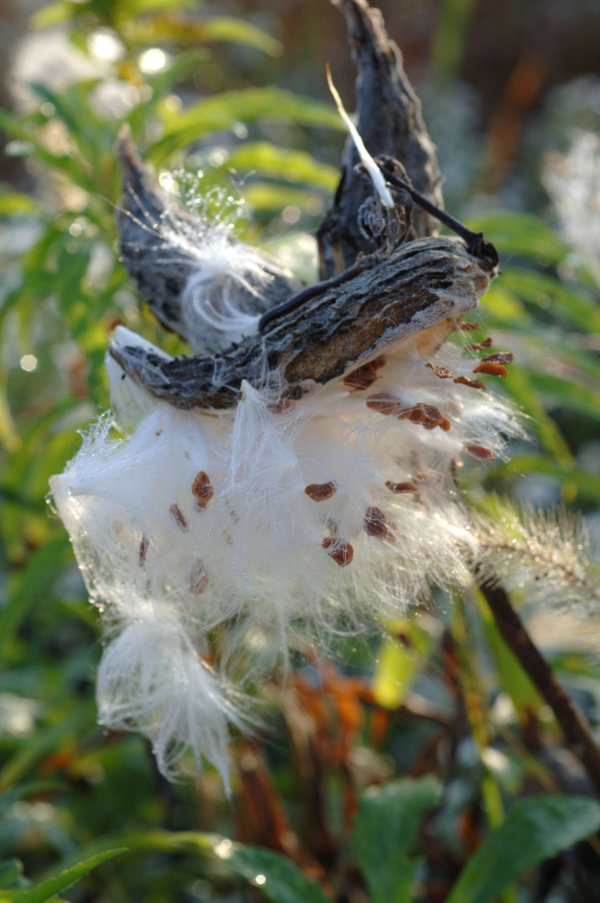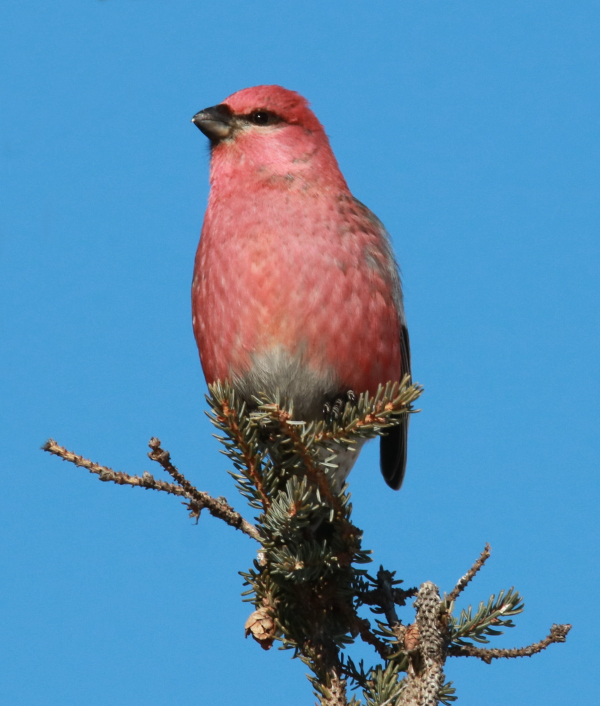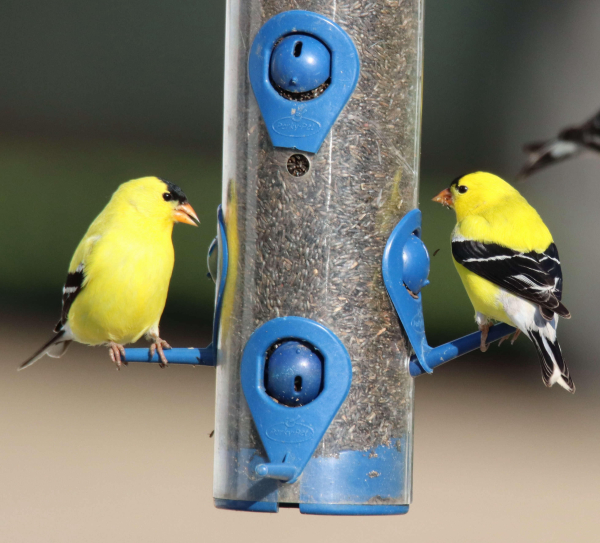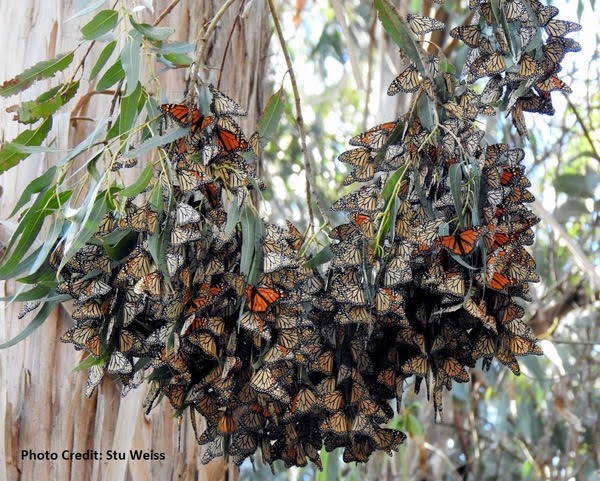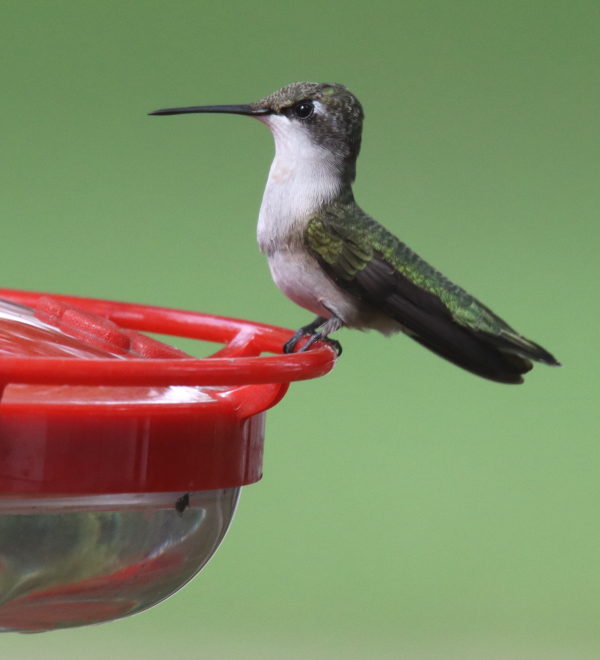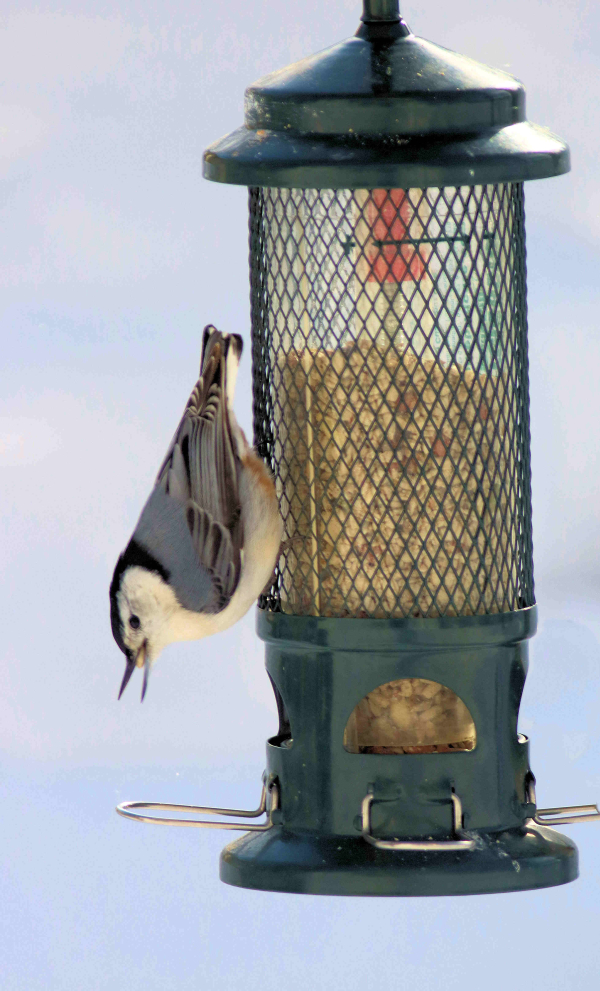Support Monarch Butterflies by Gathering Milkweed Seeds
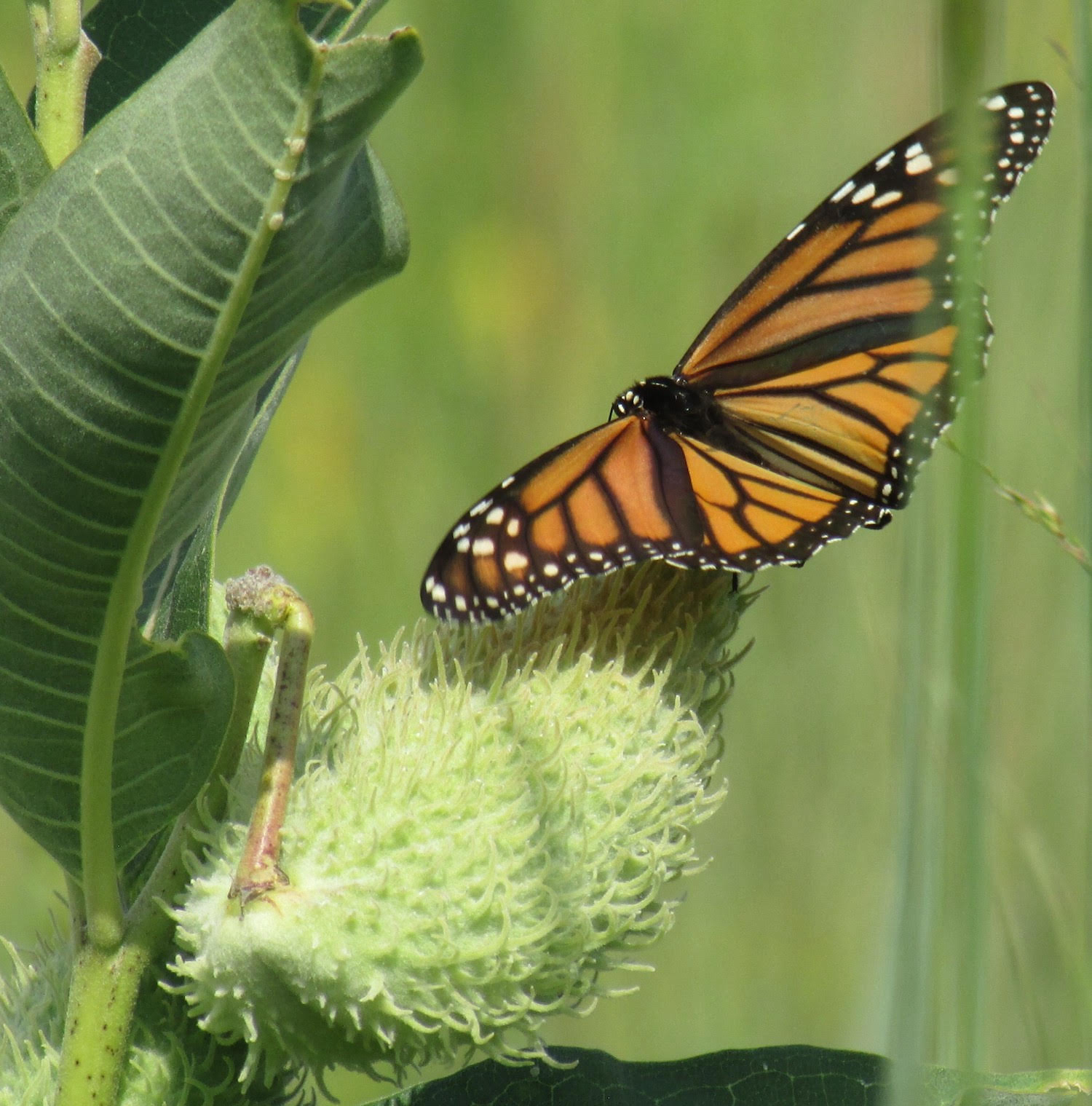
Picking and planting milkweed seed pods this fall can help future eastern monarch butterflies, according to the Ohio Department of Natural Resources (ODNR) Division of Wildlife. These butterflies are currently migrating through Ohio on their way to Mexico, where they spend the winter.
Various species of milkweed are the only host plants for monarch caterpillars. Each spring, eastern monarchs lay eggs on milkweed as they migrate north from Mexico. Monarchs travel between 50 and 100 miles per day on a journey that may cover several thousand miles in total. After several generations, monarchs reach their northernmost range in southern Canada. In the fall, a super-generation migrates all the way to southern overwintering sites.
Anyone can play a role in supporting monarchs by planting milkweed. Milkweed is the sole host plant for monarchs and is beneficial at every stage of the insect’s life cycle. Early fall is a great time to gather milkweed pods from the landscape and plant the seeds to add valuable habitat for monarchs. For those with an abundance of milkweed, the Ohio Pollinator Habitat Initiative (OPHI) is coordinating pod collection through local Soil and Water Conservation District locations. Go to ohiopollinator.org to find a nearby drop-off site.
Thirteen of Ohio’s 17 native species of milkweed are essential host plants for monarch caterpillars, although all of them provide nectar for adult butterflies. Milkweed seeds form dense clusters in green seed pods. In late summer and early fall, these pods dry out and turn gray or brown. When this happens, or the pods begin to split, you can harvest milkweed seeds for planting. Separate the seeds from the attached silky fibers. The Monarch Joint Venture, an organization dedicated to conserving monarchs, provides guidelines for collecting and planting milkweed pods.
Monarch butterflies are in decline across their range, as are many other pollinating insects, because of the loss of prairie and grassland habitat. One of the most important ways to help declining butterflies and other pollinating insects is by conserving tracts of unmown grasslands. The Division of Wildlife manages habitat on many of Ohio’s state wildlife areas to provide these grasslands that provide nectar-producing plants.
Pollinators play an integral role in the food web, and their work is essential in maintaining a healthy, adequate food supply in Ohio and beyond. Planting pollinator gardens is a gratifying way to help wildlife, and impacts are easily enjoyed by seeing butterflies and other pollinators move from plant to plant. Browse the free Backyards for Butterflies or Milkweeds and Monarchs publications for help choosing what to plant.
Support monarchs and other species of greatest conservation need with your purchase of an Ohio Wildlife Legacy Stamp. All stamp proceeds go to wildlife conservation, with most benefitting species of greatest conservation need through the Wildlife Diversity Fund. This fund supports habitat restoration, wildlife and habitat research projects, creation of wildlife educational materials, and efforts that restore and conserve endangered and threatened species.
The mission of the Division of Wildlife is to conserve and improve fish and wildlife resources and their habitats for sustainable use and appreciation by all. Visit wildohio.gov to find out more.
In 2024, join ODNR as we celebrate 75 years of protecting Ohio’s natural resources and providing outstanding and award-winning recreational opportunities.
ODNR ensures a balance between wise use and protection of our natural resources for the benefit of all. The visit the ODNR website at ohiodnr.gov.

